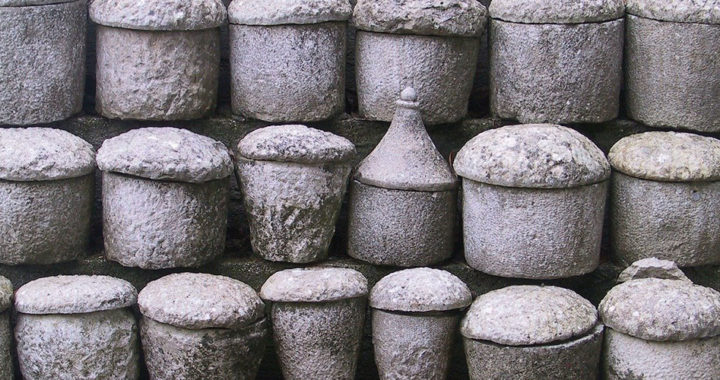Cremation has become an alternative to the burial of an intact body because of pressing concerns over limited land availability and the increasing price of burial land. It is specifically a method of final disposition of a dead body through burning or combustion.
During the cremation process, the body is subjected to a temperature of 760 degrees Celsius to 1150 degrees Celsius. The organs and soft tissues of the body become vaporized and oxidized. What remains after the process are dry bone fragments, which are then pulverized.
The Pros: Advantages and Benefits of Cremation
Remember that the advantage of cremation centers on being a more practical alternative to traditional burial. Concerns over the availability of lands in a cemetery and their costs make this method more appealing.
The following are the specific advantages and benefits:
• The process allows for an economical use of cemetery space. For example, a land area measuring 2 feet by 6 feet can hold more than 10 cremated remains. Cremation also maximizes the floor area of mausoleums and columbarium.
• Cost is another benefit. A traditional burial service can be expensive due to its complexity. Aside from purchasing the grave plot, expenses included the purchase of the casket, mortician fees, preparing the grave, and purchase of the headstone.
• It also simplifies the funeral process. Traditional burial has several complications stemming from embalming, permits, transportation, and preparations. The dead can be cremated as soon as it is legally possible without any sort of service.
• Cremated remains are also portable. When compared to a body inside a casket, it is more convenient to transport the cremated remains to be placed on its final resting place or to retrieve the urn for relocation.
• Note that cremated remains can also be memorialized further. Some companies offer services that turn these remains into synthetic or lab-grown diamonds.
The Cons: Disadvantages and Limitations of Cremation
Cremation also has notable disadvantages and limitations despite its convenience and practicality. The emergence of other methods for disposing of a dead body also provides similar advantages minus the disadvantages.
Below are the specific disadvantages and limitations:
• Implanted devices are needed to be removed before the dead body undergoes the cremation process. Pacemakers and other medical devices can result in dangerous explosions when subjected to extreme heat.
• The process is still not environment friendly. It typically requires 110 liters of fuel, and it releases about 240 kg of carbon dioxide. Cremating one million bodies would generate270,000 tons of CO2, which is more CO2 pollution than 22,000 average American homes produce in a year.
• The alkaline hydrolysis process or so-called water cremation is becoming a more popular and better alternative to flame cremation. It involves placing the body in a pressure vessel filled with a mixture of water and potassium hydroxide.





